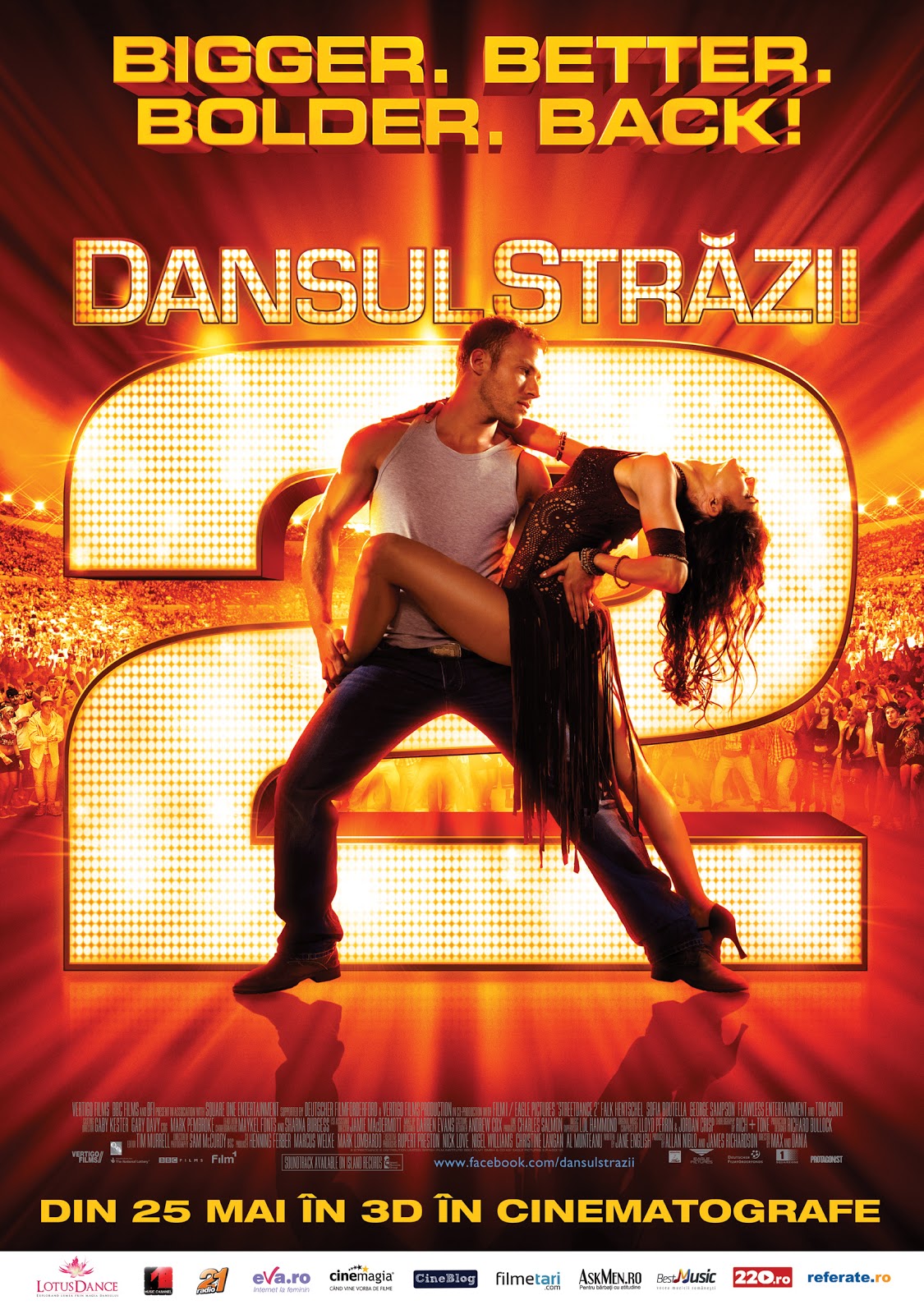

It’s through their responses to Kiarostami’s simple but persistent questioning, which slowly branches off from the topic of homework, that they reveal the immense cultural, social and political pressures that inflect their lives - and that they carry with them every day, like their schoolbags, between home and school. The young boys who appear in the film don’t yet know a world without it. But as all documentaries do to some degree, Homework reflects a moment in history - here the latter stages of the Iran-Iraq War, a savage conflict that lasted eight years and killed somewhere in the vicinity of a million people. On this level, the film is a rather straightforward journalistic undertaking about children’s attitudes towards homework and, by extension, schooling and education. The answers they give are often banal (for example, they couldn’t do the homework because some family members came to visit) and sometimes poignant (their parents are illiterate and so weren’t able to help them with it). Kiarostami begins by asking this question, or a question to this effect, to each child seated in front of his camera. Homework is about children, who we always see, but it’s also about adults, who we only sometimes see. Kiarostami and the passerby remain hidden somewhere beyond the edges of the frame, their conversation perhaps heard from a time and place that doesn’t correspond to what’s shown onscreen. The interactions described above occur in the opening seconds of the film, and already we’ve seen and heard the children but have only heard the adults. Kiarostami understood better than most that cinema is not a visual but an audiovisual medium, comprised of image and sound Kiarostami’s cinema, in particular, is as much about what we don’t see as what we do. Calling the film a “visual study,” however, would be selling it short by half. Taken at face value, Kiarostami’s description of his feature documentary Homework ( Mashgh-e Shab, 1989) is accurate enough the bulk of the film entails he and his small crew visiting a poor public school in Tehran and interviewing schoolboys, one after another, about their homework. “You could say it’s a visual study of pupils’ homework assignments.” When an adult passerby stops to inquire about the film moments later, Kiarostami skirts politely around his own intentions - the theme will emerge only through the process of filming, but it has something to do with a problem he encountered while helping his son with his homework - before offering the man a vague summary of what he knows so far.
.jpg)
A resounding “Yes!,” and off they go to school, where the director and his crew will soon join them. “Have you done your homework?” Kiarostami asks them, in turn. Or so Abbas Kiarostami tells a group of schoolboys who approach him on the street and ask what he’s filming.


 0 kommentar(er)
0 kommentar(er)
